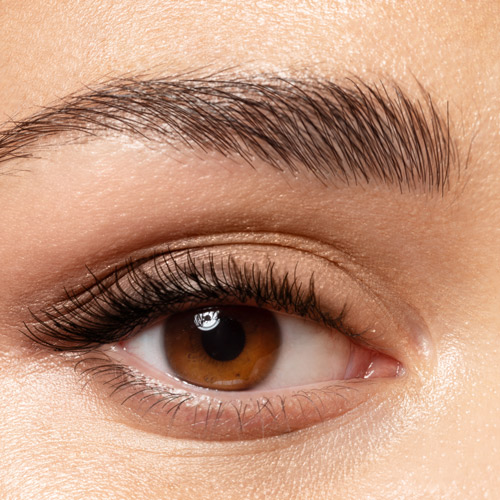Eye bags are a common cosmetic concern that affects many individuals, creating a tired or aged appearance. Various factors contribute to the formation of eye bags, including aging, genetics, and lifestyle choices. Fortunately, advancements in aesthetic medicine have led to innovative Eye Bag Removal in Dubai specifically designed to target this issue, offering promising results for those looking to rejuvenate their appearance.
Innovative Surgical Approaches
One of the most effective ways to treat eye bags is through surgical options, such as blepharoplasty. This procedure involves the removal of excess fat and skin from the eyelids. Surgeons skillfully target the areas around the eyes, providing a refreshed and youthful look. As recovery times improve and techniques become less invasive, surgical options are more appealing to those who seek lasting results. Patients typically experience reduced puffiness and a smoother appearance, making blepharoplasty a popular choice.
Non-Surgical Treatments
For those seeking less invasive options, several non-surgical treatments have emerged. Injectable fillers, such as hyaluronic acid, are commonly used to fill hollow areas beneath the eyes that contribute to an aged look. These fillers can restore volume and provide a more balanced appearance. Another promising non-surgical treatment is the use of radiofrequency technology, which tightens the skin around the eyes, promoting collagen production. These options offer quick results with minimal downtime, appealing to busy individuals.

Laser Treatments for Eye Bags
Laser treatments have gained popularity in addressing eye bags effectively. Fractional laser resurfacing, for example, targets the delicate skin around the eyes to reduce puffiness and fine lines. This method promotes skin regeneration and improves texture while stimulating collagen growth. Patients often report a brighter, more youthful appearance following laser treatments, making it a desirable option for many looking for noticeable improvements.
Benefits of New Treatments
The benefits of the new treatments for eye bags extend beyond aesthetics. Improved self-esteem and confidence are common among individuals who undergo eye bag treatments. Many patients feel revitalized and more awake, creating a positive impact on their personal and professional lives. Furthermore, advancements in technology have led to faster recovery times and less discomfort during and after treatments, making these options more accessible and appealing to a broader audience.
FAQs
What causes eye bags?
Eye bags are often caused by aging, lack of sleep, genetics, and lifestyle factors like stress and diet.
What are the best treatments for eye bags?
The best treatments include surgical options like blepharoplasty, as well as non-surgical methods such as fillers, radiofrequency therapy, and lasers.
How long do results from eye bag treatments last?
Results vary based on the treatment type, but surgical options generally last longer than non-invasive methods, which may require regular maintenance.
Are there any risks involved with eye bag treatments?
As with any procedure, both surgical and non-surgical treatments carry potential risks such as swelling, bruising, or infection, though these are typically minimal.
How can I choose the right treatment for my eye bags?
Consulting with a qualified cosmetic professional can help determine the most suitable treatment based on your needs, goals, and skin type.
Conclusion
In summary, the treatment of eye bags has seen significant advancements, providing individuals with a range of effective options. From surgical procedures to non-invasive treatments like fillers and lasers, there is a solution to fit every need and lifestyle. With these new techniques, many people can achieve a more youthful, refreshed appearance without the worry of prolonged recovery times commonly associated with traditional surgeries. Whether you opt for surgery or choose a non-invasive route, the results can be overwhelming and life-changing, boosting confidence and enhancing overall well-being.
